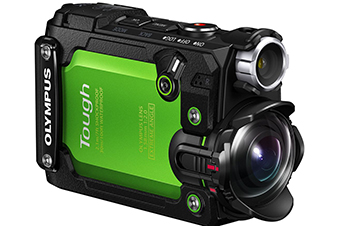
Category Archives: news

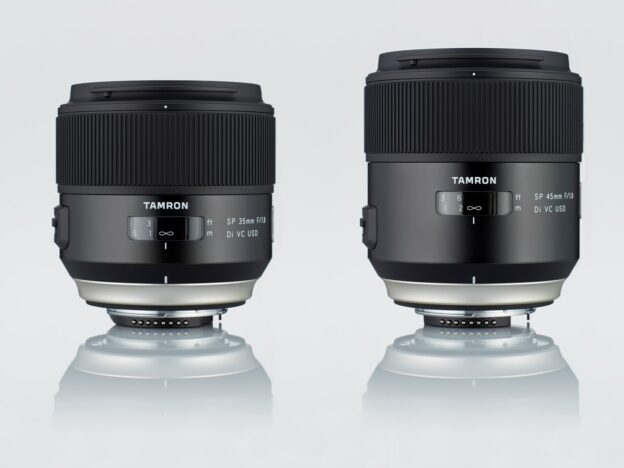
Tamron announces the launch of the SP 35mm and SP 45mm for Sony mount
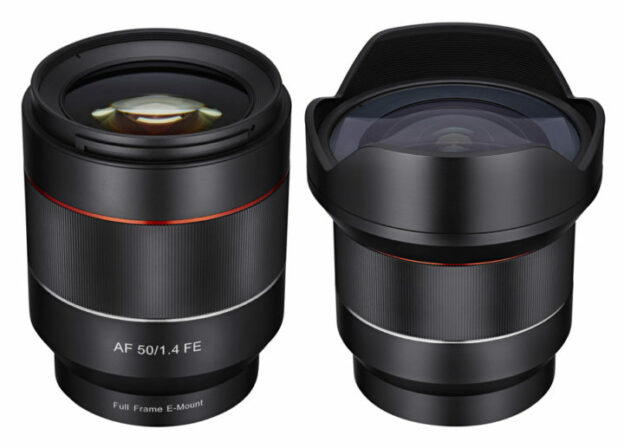
Samyang announces 14mm F2.8 and 50mm F1.4 autofocus FE lenses for Sony’s E-Mount cameras
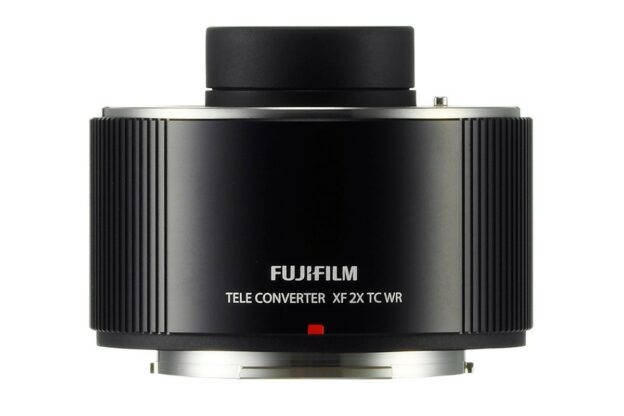
Fujifilm brings a water resistant 2X teleconverter for the X-Series

Canon India appoints C Sukumaran as the Assistant Director of Consumer Systems Products Division
RICOH Announced the 2nd RICOH THETA Developers Contest
RICOH Imaging Europe S.A.S recently announced their
second annual developers contest. The competition, reportedly looks out for new
applications and gadgets that utilize the RICOH THETA camera which takes
360-degree, fully spherical images or videos in one capture. Once registered, applicants
will have time till 31st August 2016 to submit their final version of their app
and gadget designs.
As a part of RICOH’s 80th anniversary celebrations this
year, the contest challenges developers to create innovative apps and gadgets
that work in synchronization with the RICOH THETA. According to the company,
the winners of the contest will receive a trip to Tokyo, Japan, for the awards
ceremony and the first prize winner will be awarded a cash prize of one million
Yen.
Applicants
will also gain early access to an exciting new platform which has been optimized
for cloud-based applications leveraging the Internet of Things (IoT). The new
IoT platform makes it possible for developers to efficiently and cost-effectively
build cloud-based applications, which typically require significant expertise
in cloud services and servers and a longer development time. It will be
interesting to see what the company comes up with since 360 degree videos and
photos seem to be the future of the industry.
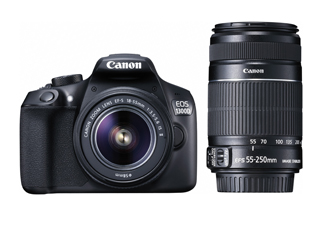
Canon EOS 1300D Entry-Level DSLR Launched Starting Rs. 29995
Canon India yesterday launched the EOS 1300D, an entry-level DSLR priced at an accessible level, to help beginners and photo hobbyists discover greater possibilities in photography. Equipped with an 18.0 megapixel CMOS sensor and ISO speed expandable up to 12,800, the new EOS 1300D is reportedly capable of capturing high quality images and Full HD movies and easily share them on the go through its connectivity features. According to media reports, built-in Wi-Fi and NFC support are also included in the EOS 1300D as an all-inclusive package to address the needs of ever increasing social media savvy users.
Mr. Andrew Koh, Vice President of Consumer Imaging and Information Centre, Canon India said, “Photography as a hobby and sporting a DSLR camera is quite the rage in India presently. So is social media, and everybody wants to share their images online with their friends immediately. With this a precursor, we are thrilled to launch the EOS 1300D – a DSLR camera with inbuilt Wi-Fi & NFC. The EOS 1300D creates great looking images and allows instantaneously sharing them as well – thus meeting the requirements of first time users, social media junkies and hobbyists alike.”
According to the company, the EOS 1300D facilitates image transfer to smart devices through the Canon Camera Connect app (via Wi-Fi), or a tap between the camera and the compatible smart device to establish a connection for file transfer (via Near Field Communication, NFC).
Through the Camera Connect app, users will be able to shoot remotely. Upon connecting the EOS 1300D with a smart device, users can adjust camera settings such as shutter speed, aperture, and ISO speed, and then capture the shot on their smart device. Reportedly, the EOS 1300D comes with five creative filters to deliver different creative expressions – soft focus, grainy black and white, toy camera effect, fish-eye effect, and miniature effect. Apart from filters, strength level, colour tones and focal points are also customisable for some of the filters.
For users accustomed to using cameras on smart devices and are beginning their foray into DSLR photography, the EOS 1300D is said to provide new avenues to explore on their photography journey. Powered by a DIGIC 4+ dedicated image processor and an 18.0 megapixel APS-C size CMOS sensor (approximately 25 times larger than a standard smartphone), the EOS 1300D is said to render higher resolution images with lesser noise, even under low-light conditions.
The EOS 1300D is also said to come with a high performance optical viewfinder, which enables faster framing and higher focusing precision, essential factors to capturing fleeting moments. The optical viewfinder also reportedly, provides a more accurate representation of what the camera sensor sees, for a better idea of the final image. With an enhanced 920,000-dot LCD monitor, Canon hopes the users will find it easier to check on the focus during Live View shooting.
The EOS 1300D is equipped with a 9-point Auto-focusing system that aims to allow fast and accurate auto-focusing on the subject. The camera’s AI Servo AF constantly tracks and focuses on moving subjects such as pets and children, even as the subject moves towards or away from the camera. With this AF system, every moment will be captured in picture-perfect clarity.
The company also stated that as a part of Canon’s range of DSLR cameras, the EOS 1300D will provide full access to Canon’s extensive range of EF/EF-S lenses to suit a variety of occasions. Canon’s EF/EF-S lenses range from macro lenses for extreme close-up details, telephoto lenses to shoot long-distance subjects like animals in a zoo, and ultra-wide-angle lenses to capture dramatic landscapes or small enclosed environments. Over 70 lenses in Canon’s EF/EF-S range can be used with the EOS 1300D to achieve the optimum composition.
Dimensions: Approx. 129.0 x 101.3 x 77.6mm
Weight: Approx. 440g (body only)
Image sensor: 18.0-megapixel APS-C CMOS sensor
Imaging processor: DIGIC 4+
ISO speed: 100-6,400 (expandable to 12,800)
Continuous shooting speed: 3 fps
Maximum video quality: Full HD 1080p (30fps)
AF: 9 AF points
Wi-Fi: Yes
NFC: Yes
LCD: 3-inch (920,000 dots)
The EOS 1300D will be available at a price point of INR 29,995/- inclusive of the EF-S 18-55 IS II kit lens, while the double zoom variant (including EF-S 18-55 IS II & EF-S 55-250 IS II lenses) is priced at INR 38,995/-. Both variants will be available from April 2016 onwards.
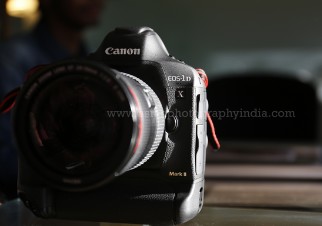
Exclusive hands-on with a prototype of the new Canon flagship, EOS-1D X Mark II
We are barely a month into the new year, and Canon has announced the new EOS-1D X Mark II DSLR camera. The new flagship camera has a 20.2 megapixel 35mm Full Frame Canon CMOS sensor and Dual DIGIC 6+ Image Processors. The camera can capture images at up to 14 frames per second, and HD video up-to-4K 60P, with Canon’s proprietary Dual Pixel CMOS Autofocus (AF) technology. We had an exclusive chance to get our hands on a prototype of the latest canon flagship, and here’s the lowdown.
At first look, the camera seems to have quite a similar body-layout to its predecessor the Canon 1DX. The camera feels strong in hand with its rugged and weather resistant construction, and there are subtle grip changes that Canon has done to improve the hold. While the camera features continuous shooting speeds of up-to-14 frames per second (fps) with Auto Exposure (AE) and predictive AF for viewfinder shooting and up to 16 fps in Live View mode. Its Dual DIGIC 6+ Image Processors are said to help in transferring image data at high speed for extended bursts during continuous shooting of up-to-170 consecutive RAW images at 14 fps. The camera can shoot 4K 60P and Full HD 120P video with Dual Pixel CMOS AF.
Canon informed that the camera has a Digital
Lens Optimizer to help correct aberrations in-camera, and this previously
required post-processing on an external computer. The camera’s has an improved
61-point viewfinder AF with expanded coverage and all AF-points selectable and
supported to a maximum aperture of f/8. There is a central area expansion of approximately
8.6% vertical and peripheral area expansion of approximately 24% vertical.
There are other changes like continuous red illumination of all AF points within the camera’s Intelligent Viewfinder II, and compatibility with both CF and CFast memory cards for better performance with faster transfer rates and buffer speeds.
Canon informed that the camera will cost around Rs. 4.5lac body only, and will be available to buy by April 2016.
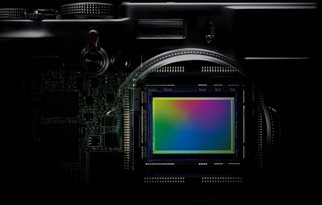
Sony finalizes buyout of Toshiba’s sensor business
After a series of negotiations, Sony has announced buying Toshiba’s image sensor division. It will be operated by Sony’s recently announced independent image sensor division. The parties also are planning to make arrangements to offer the employees of Toshiba and its affiliates, employed at the manufacturing facilities to be transferred, as well as those involved in areas such as CMOS image sensor engineering and design (approximately 1,100 employees in total), employment within the Sony Group, upon the completion of the transfer.
Image sensors are important to Sony. This acquisition will enable Sony to increase its production capabilities in the area of CMOS image sensors, where further market growth is anticipated. According to reports, 40% of the new image sensors in the smartphone market were manufactured by Sony. The recent acquisition will definitely be an added advantage to Sony. Toshiba aims to execute legally binding definitive agreements by the end of calendar year 2015. Thereafter, Toshiba and Sony aim to complete the transfer within the fiscal year ending March 31, 2016, subject to any required regulatory approvals.
